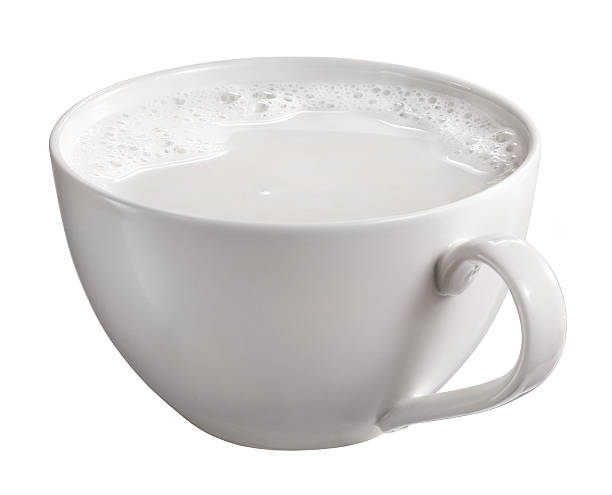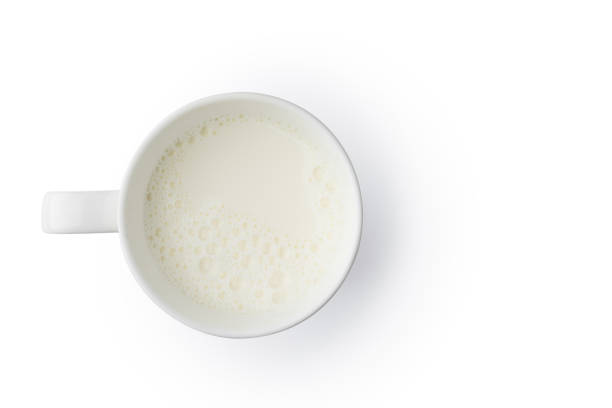Milk is a staple in many diets around the world, providing a rich source of nutrients and an important source of hydration. One question that many people have when it comes to milk is how many calories it contains. This can be especially important for those who are trying to maintain a healthy weight or watch their calorie intake for other reasons. In this article, we will explore how many calories are in a cup of milk, as well as the other nutrients that milk provides and how milk fits into a healthy diet.
First, let’s look at the calorie content of milk. The number of calories in a cup of milk will depend on the type of milk you are drinking. Whole milk, which contains 3.25% fat, has approximately 150 calories per cup. Reduced fat milk, which is also known as 2% milk and contains 2% fat, has about 120 calories per cup. Low fat milk, which is also known as 1% milk and contains 1% fat, has about 100 calories per cup. Finally, skim milk, which contains less than 0.5% fat, has about 80 calories per cup.
It’s important to note that these calorie amounts are for one cup of milk, which is equal to 8 fluid ounces or 237 milliliters. The calorie content of milk can also vary based on the size of the serving. For example, a glass of milk that is filled to the brim may contain more than a cup of milk, and therefore more calories.
In addition to the calories, milk also provides a number of important nutrients. One cup of milk contains 8 grams of protein, which is essential for building and repairing tissues in the body. Milk is also a good source of calcium, which is important for strong bones and teeth. One cup of milk contains approximately 300 milligrams of calcium, or about 30% of the daily recommended intake for adults. Milk is also a good source of vitamin D, which is important for bone health and the absorption of calcium. One cup of milk contains about 100 international units (IU) of vitamin D, or about 25% of the daily recommended intake for adults.
Other important nutrients found in milk include vitamins A and B12, as well as minerals such as phosphorous and potassium. Milk is also a good source of carbohydrates, which provide energy to the body. One cup of milk contains about 12 grams of carbohydrates.
Despite its many nutrients, milk is also a source of saturated fat and cholesterol. Whole milk and reduced fat milk contain more saturated fat and cholesterol compared to low fat and skim milk. Saturated fat and cholesterol can contribute to an increased risk of heart disease if consumed in excess, so it’s important to choose lower fat options of milk if you are trying to limit your intake of these nutrients.
So, how does milk fit into a healthy diet? The American Heart Association recommends that adults consume no more than 5-6% of their daily calories from saturated fat. For a person consuming a 2000 calorie diet, this equates to about 13 grams of saturated fat per day. One cup of whole milk contains about 5 grams of saturated fat, so it’s important to keep this in mind when incorporating milk into your diet.
It’s also important to note that milk is a part of the dairy food group, which is recommended to be consumed in moderation as part of a healthy diet. The American Heart Association recommends that adults consume 2-3 servings of dairy per day, depending on age and gender. One serving of dairy is equal to 1 cup of milk, 1 cup of yogurt, or 1.5 ounces of cheese.
In conclusion, the number of calories in a cup of milk depends on the type of milk and its fat content. Whole milk has the highest calorie and fat content, while non-fat milk has the lowest. Milk is a good source of several essential nutrients, but it should be consumed in moderation as part of a balanced diet.

 Home
Home Health
Health Diet & Nutrition
Diet & Nutrition Living Well
Living Well More
More












